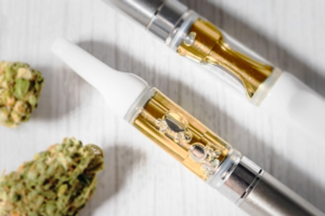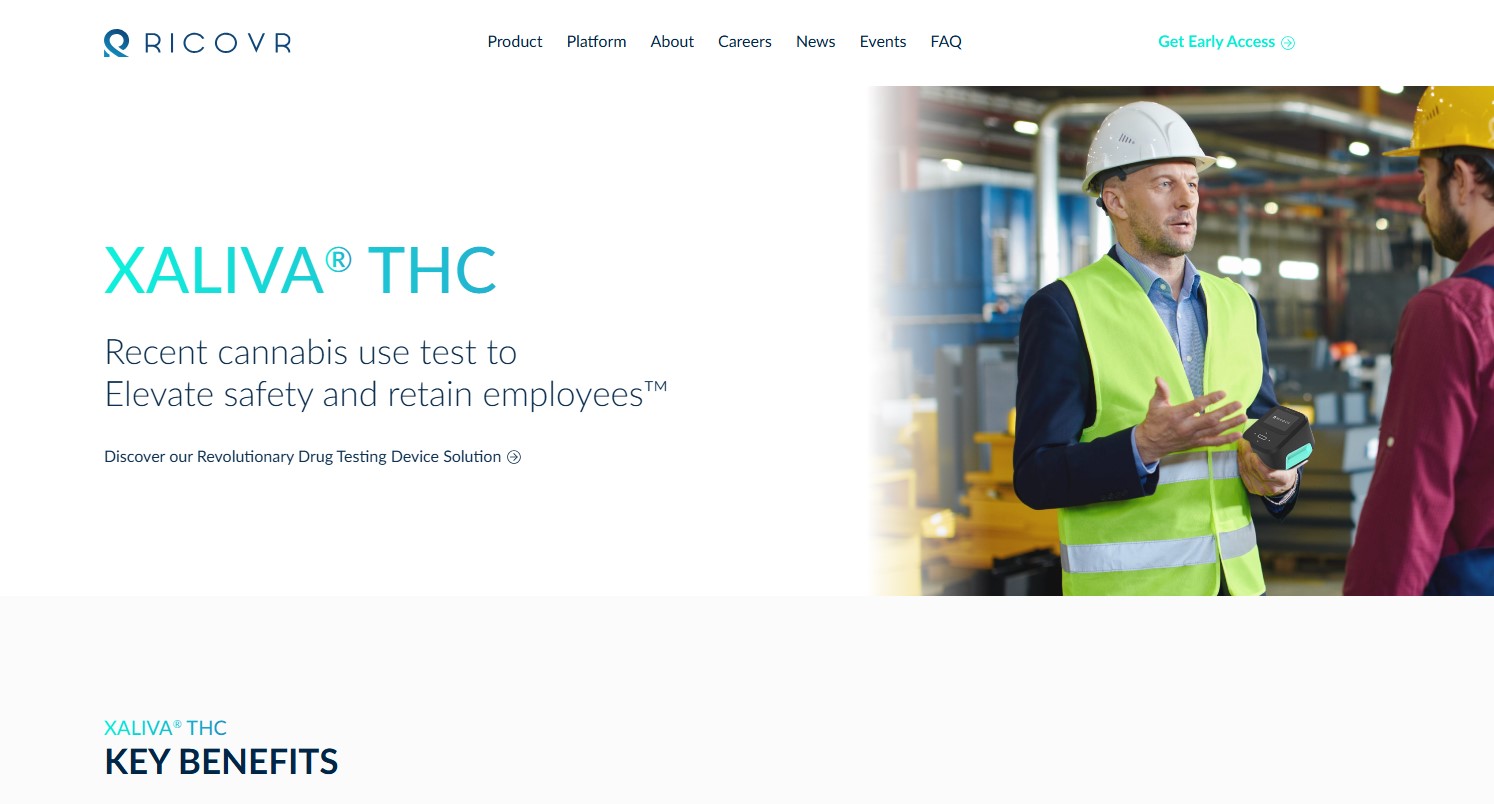Drug Testing Workplace Cannabis Use amid Legalization

The legalization of cannabis has been a topic of debate for years, with more and more states legalizing the substance for medicinal and recreational use. While the legalization of marijuana has brought a lot of positive changes, it has also had some unintended consequences. One of the most notable is the increase in use in the workplace.
Rise in workplace cannabis use
According to the Substance Abuse and Mental Health Services Administration (SAMHSA) 2021 Drug Use and Health Survey, 52.5 million people use cannabis, an increase of 2.9 million more cannabis users than the prior year. Employees who self-reported being high at work increased by 60% from 2014 to 2019 amid legalization in multiple states. (1,2)
The rise in workplace cannabis use has been attributed to a number of factors. First, the increased availability of cannabis has made it easier for people to obtain and use the drug. Second, the stigma surrounding cannabis use has decreased, making it more socially acceptable to use the drug. This is confirmed by Gallup polling; 68% of U.S. adults support the legalization of marijuana. (2) Finally, many people incorrectly believe marijuana (THC) does not impair them, leading to its use in the workplace and while driving. This is demonstrated by a AAA study that found just 69% of respondents thought it was dangerous to drive after consuming cannabis, compared to 95% of respondents thinking it was dangerous to drive after consuming alcohol. (3,4)
Legalization is presenting new challenges for employers
Despite the increase in workplace cannabis use, many employers are still struggling to figure out how to deal with the issue. Some employers have implemented drug testing policies that specifically address cannabis use, while others have ignored the issue.
One of the biggest challenges employers face when it comes to workplace cannabis use is determining whether an employee has used cannabis recently and may be impaired. Unlike alcohol, which impairment is predictable by measuring blood alcohol level, THC is a psychoactive substance and cannot be measured the same way.
This has led to confusion and frustration among employers, who are struggling to balance the need to maintain a safe workplace with the rights of employees who use cannabis for medical or recreational purposes in legal states. However, there is a drug testing solution for employers that can detect only recent cannabis use at the workplace.
Saliva-based testing is the solution for employers
Saliva testing is highly accurate, as it can detect recent marijuana use within the past 12 hours or less, depending on THC cut-off level. Active THC molecules are found in saliva versus traditional methods that only detect metabolites or past use. This means that urine tests detect marijuana for several days or weeks after use and can lead to unfair adverse actions for what an individual did on their own time and well past impairment. (5)
Rapid saliva testing provides the optimal detection length to provide fairness to responsible cannabis users and maintain workplace safety. It is the only test method with a window of detection that begins after use and lasts for the entire THC window of impairment or workday. It provides reliable results that act as an effective deterrent to workplace cannabis use.
As the legalization of cannabis continues to spread, it is likely that the issue of workplace cannabis use will become even more complicated. Employers will need to carefully consider their policies and procedures to ensure that they are both legal and effective in addressing the issue. Additionally, lawmakers will need to work to create laws and regulations that provide clarity on the issue, both for employers and employees.
Sources:
- https://ndasa.com/2023/01/06/samhsa-issues-results-of-substance-use-and-mental-health-survey/
- https://www.remedyreview.com/data/survey-high-at-work/
- https://news.gallup.com/poll/323582/support-legal-marijuana-inches-new-high.aspx
- https://www.ghsa.org/resources/GHSA/Cannabis-Messaging-Report22
- https://link.springer.com/article/10.1007/s00216-013-7159-8



